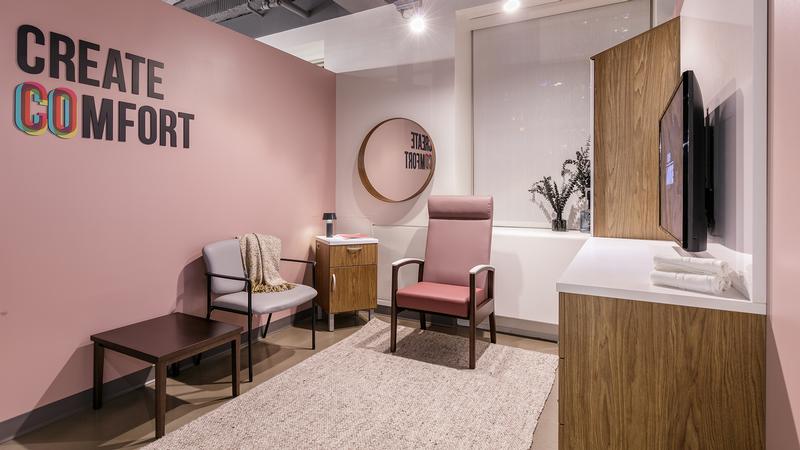Common impressions on architects are often seen as the masterminds, visionaries who shape skylines and solve every problem with a blueprint. Interior designers, on the other hand, are sometimes relegated to the role of “decorators,” fussing over cushions and colours once the real work is done. These impressions are not just outdated, they’re costing businesses money, time, and the chance to create truly exceptional spaces. Wanna know the secret to ROI? Let’s talk about why hiring an interior design subcontractor is one of the smartest investments you can make, how it transforms office interior design, and why Canadian made furniture is the secret ingredient for lasting value.
Architects vs. Interior Designers on Commercial Projects
Ask around, and you’ll hear the same refrain: architects are the serious pros, focused on structure, codes, and the big picture. They’re seen as the ones who make buildings stand tall and safe, while interior designers are sometimes viewed as the afterthought, brought in to add flair once the walls are up. Many commercial architects believe they can handle the “interior stuff” themselves, or that an interior design subcontractor is just an extra line item on the budget.
Meanwhile, some clients and contractors worry that interior designers will slow down the process, obsess over details, or introduce costly changes late in the game. The myth persists that interior designers are only about aesthetics, not about function, documentation, or project efficiency. But these stereotypes ignore the real value that an interior design subcontractor brings to commercial projects, especially when it comes to office interior design and office furniture design.
The Real Value of Interior Design Subcontractors
Here’s the reality: an interior design subcontractor is a strategic partner, not a luxury. The best interior designer for commercial architect teams brings technical expertise, deep product knowledge, and a keen understanding of how people work and interact in a space. They create office interior design documentation for architects that clarifies every detail, from finishes and lighting to modular office furniture placement and custom millwork.
When an interior design subcontractor is involved from the start, they anticipate issues before they become expensive change orders. They coordinate with the architect to ensure that office furniture design, power outlets, lighting, and HVAC are all in sync. This level of detail means fewer surprises, faster approvals, and smoother construction. The result? Projects that stay on schedule, on budget, and exceed client expectations.
The Contractor-Designer Relationship
The best commercial projects happen when architects and interior design subcontractors work together as equals. Instead of fighting over turf, they share knowledge, review plans, and solve problems as a team. Interior design documentation for architects is the glue that holds this relationship together. It provides clear instructions, precise measurements, and visual references that from the contractor to the trades can follow.
This collaboration reduces the risk of costly mistakes and helps avoid change orders. For example, when the interior designer for commercial architect teams specifies Canadian made furniture with exact dimensions, the architect can ensure that walls, outlets, and lighting are perfectly placed. When modular office furniture is part of the plan, the space can adapt to future needs without expensive renovations.
The Hidden ROI: Saving Money, Time, and Stress
Hiring an interior design subcontractor is not just about making things look good, it’s about making things work. Detailed office interior design documentation for architects helps contractors build exactly what’s needed, reducing rework and costly delays. By integrating office furniture design and modular office furniture early, projects avoid the dreaded “oh no, it doesn’t fit” moment that can derail a build.
The ROI is real: fewer change orders, less downtime, and a finished space that supports productivity, collaboration, and well-being. Clients get a workspace that reflects their brand and values, while architects and contractors enjoy a smoother, more predictable process. In the world of commercial projects, that’s money in the bank.
The Canadian Made Furniture Advantage
Thoughtful office interior design is only as good as the furniture that fills the space. Canadian made furniture has become the gold standard for modern office interior design. Why? Because it combines craftsmanship, durability, and ergonomic excellence with local production and fast turnaround. Office furniture design from Canadian brands is built to last, with solid materials, timeless style, and customization options for any office layout.
When an interior design subcontractor specifies Canadian made furniture, they’re investing in quality that stands up to daily use, supports employee wellness, and looks sharp for years. Modular office furniture from Canadian makers is designed for flexibility, allowing spaces to evolve as teams grow or needs change. This adaptability is a huge advantage for commercial projects, where future-proofing is essential.
Canadian made furniture also means faster delivery, easier service, and a lower carbon footprint. Clients appreciate the transparency, ethical sourcing, and support for local jobs. Employees notice the comfort and reliability. And everyone benefits from a workspace that’s both sustainable and stunning.
The Blueprint for Success
One of the biggest advantages of hiring an interior design subcontractor is the quality of documentation they provide. Office interior design documentation for architects includes detailed floor plans, elevations, finish schedules, furniture layouts, and 3D renderings. This level of clarity ensures that every stakeholder knows exactly what to expect.
Clear documentation helps avoid change orders, reduces miscommunication, and speeds up approvals. It also ensures that office furniture design and modular office furniture are integrated seamlessly into the build. For architects, this means fewer headaches and more time to focus on what they do best: designing great buildings.
The Human Impact: Better Spaces, Happier People
At the end of the day, the real ROI of hiring an interior design subcontractor is in the experience of the people who use the space. Thoughtful office interior design, backed by expert documentation and Canadian made furniture, creates environments where employees thrive. Ergonomic office furniture design reduces fatigue, boosts morale, and supports well-being. Modular office furniture allows for collaboration, privacy, and adaptability.
Clients get a workspace that reflects their brand, attracts top talent, and impresses visitors. Contractors enjoy a smoother build with fewer surprises. Architects see their vision realised without compromise. It’s a win for everyone.
Key Takeaways
- Hiring an interior design subcontractor brings technical expertise, clarity, and collaboration to commercial projects.
- Office interior design documentation for architects helps avoid change orders and costly mistakes.
- The partnership between architects and interior designers delivers better results, faster builds, and happier clients.
- Canadian made furniture elevates office furniture design with quality, sustainability, and adaptability.
- Modular office furniture ensures spaces can grow and change with your business needs.
- Thoughtful office interior design creates environments where people want to work, collaborate, and succeed.
Building Value Through Collaboration
The hidden ROI of hiring an interior design subcontractor is about more than just dollars and cents. It’s about building spaces that work, teams that collaborate, and projects that stand the test of time. With thoughtful office interior design, expert documentation, and the enduring quality of Canadian made furniture, every commercial project becomes a showcase of what’s possible when everyone works together.
Frequently Asked Questions (FAQ):
How does an interior design subcontractor benefit commercial projects?
They provide detailed documentation, coordinate with architects and contractors, and help avoid costly change orders, ensuring the project runs smoothly and efficiently.
Why is Canadian made furniture ideal for office interior design?
Canadian made furniture combines craftsmanship, durability, and ergonomic excellence. It supports flexible office layout ideas, integrates seamlessly with architectural plans, and reflects a commitment to quality and sustainability.
What role does office interior design documentation for architects play in project success?
It provides clear, actionable plans that guide every stage of construction, reducing errors, speeding up approvals, and ensuring a seamless integration of office furniture design and modular office furniture.

